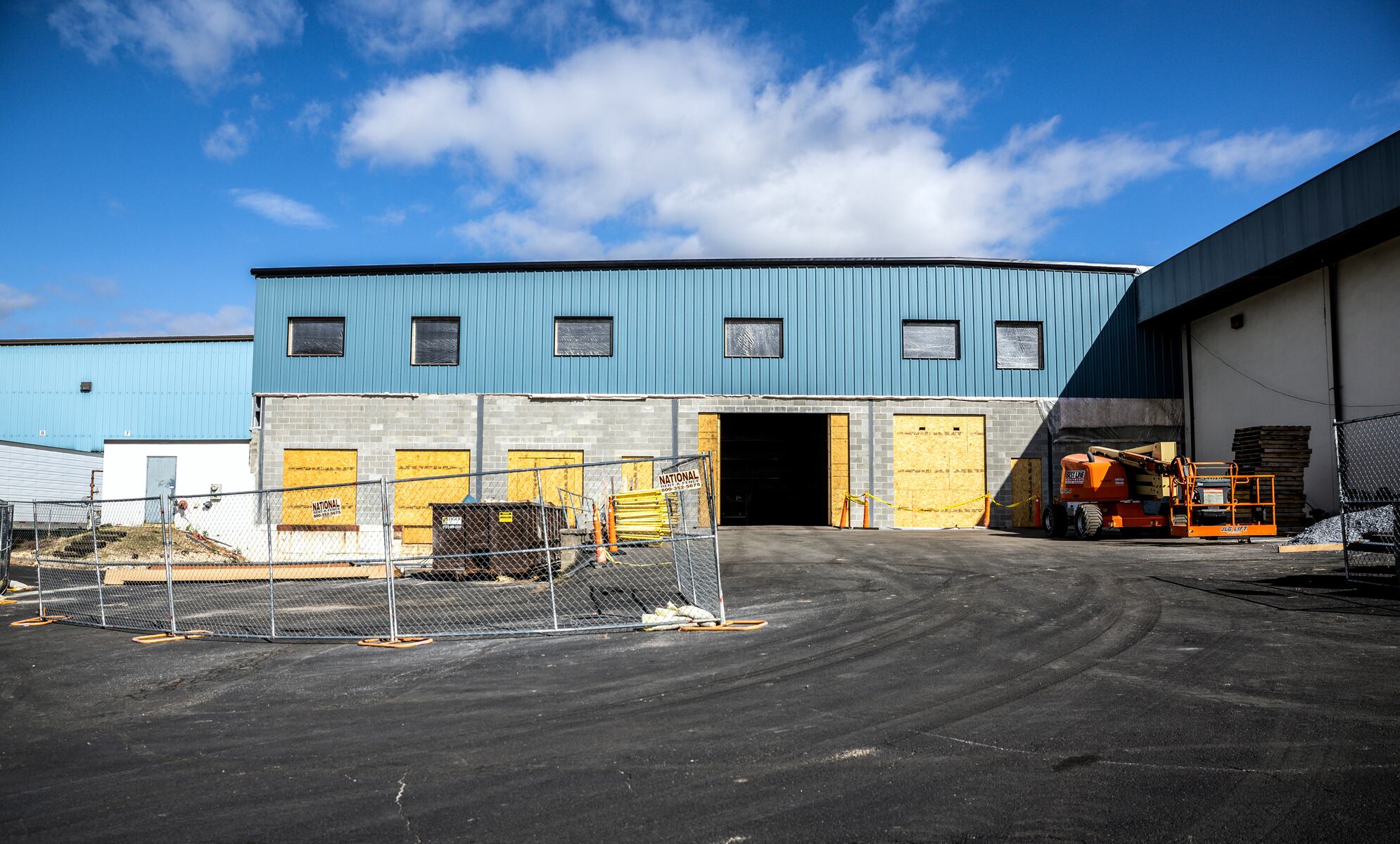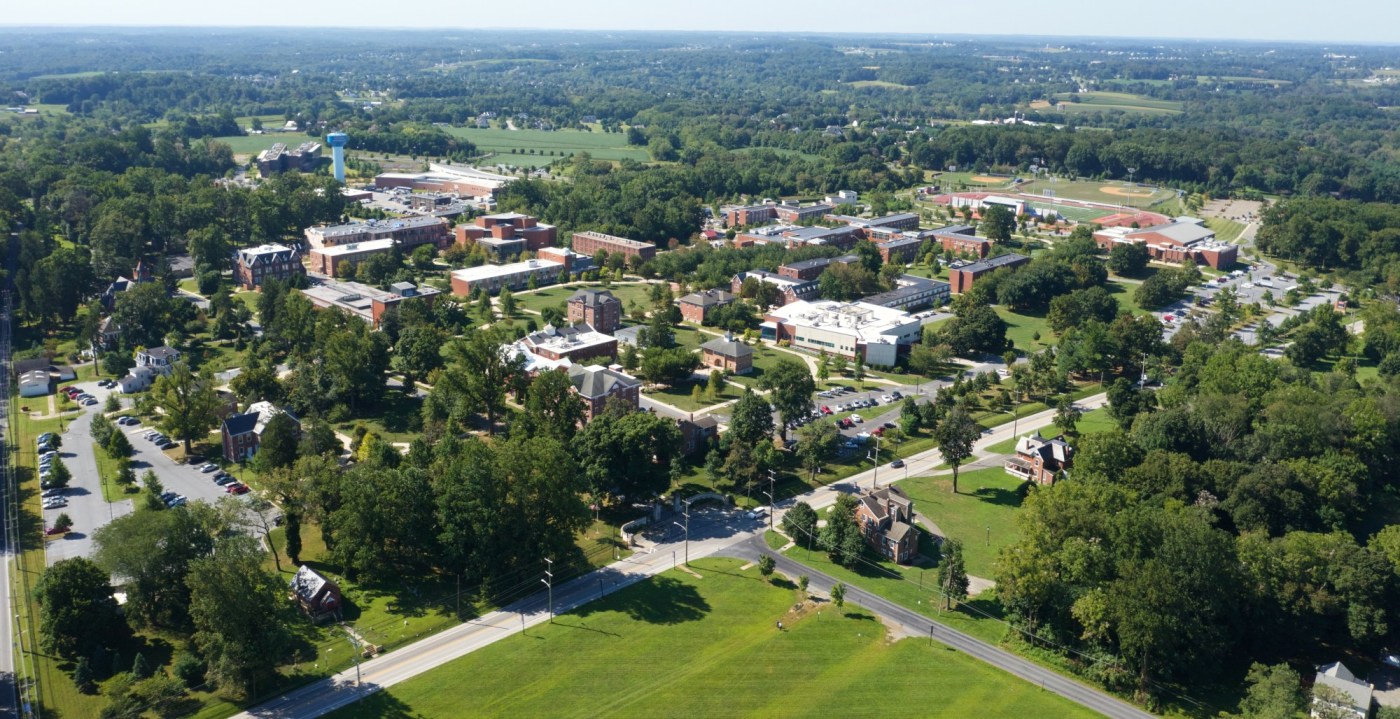URGENT UPDATE: The 1887 Law is at the forefront of a transformative wave in modern agricultural science, propelling innovations that are vital for today’s food production. As agriculture faces increasing pressures from climate change and population growth, officials announce that this historical legislation is more relevant than ever, driving significant advancements in farming technology and methods.
Agricultural research is among the most complex and costly enterprises globally, requiring vast acres of land, barns full of livestock, and specialized teams to operate effectively. The urgency of the situation cannot be overstated—agricultural practices must evolve rapidly to meet the demands of a projected global population of nearly 10 billion by 2050.
New reports confirm that the 1887 Law provides the legal framework that allows for cutting-edge research and development in agriculture. This includes the deployment of advanced technologies such as precision farming, genetically modified organisms (GMOs), and sustainable practices that optimize land use and increase crop yields.
As of October 2023, researchers are mobilizing resources and expertise to leverage this law, aiming for breakthroughs that could redefine food security. The impact on communities is profound, especially in rural areas where agriculture remains the backbone of the economy. Farmers are poised to benefit from innovations that promise to enhance productivity while ensuring environmental sustainability.
The implications of these developments are immediate. Farmers and agricultural scientists are collaborating to explore new methods that could significantly reduce resource consumption. The potential for increased efficiency could lead to lower prices for consumers and a more resilient food supply chain.
Authorities emphasize that the revival of interest in the 1887 Law is not merely academic; it is about real-world applications that can change lives. As investment in agricultural research surges, communities are set to see improvements in job opportunities and economic stability.
Looking ahead, stakeholders are urged to pay close attention to upcoming research conferences and agricultural expos scheduled for early 2024. These events will showcase the latest findings and innovations inspired by the 1887 Law.
As this story unfolds, it is clear that the intersection of historical legislation and modern science could chart a new course for agriculture. The urgency is palpable, and the global community must remain engaged to ensure that the benefits of these advancements reach those who need them most.
Stay tuned for further updates on how the 1887 Law is shaping the future of agricultural science and impacting lives around the world.







